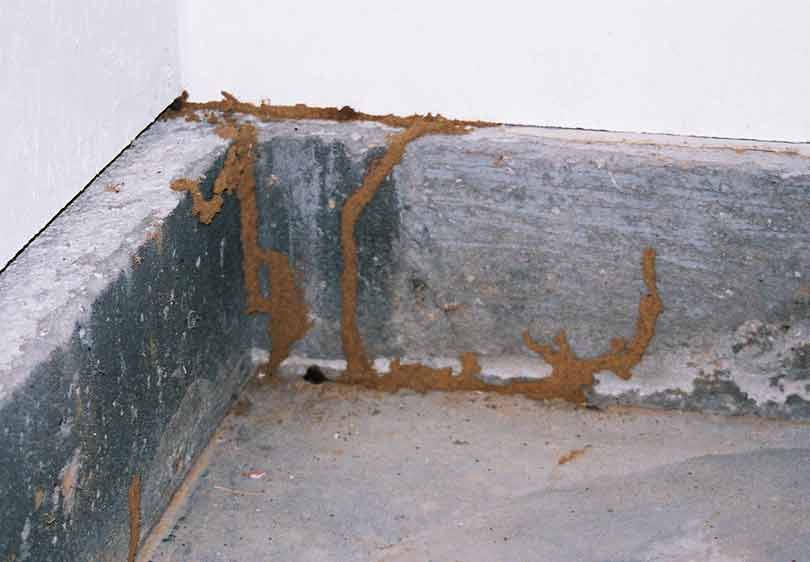Expert Guidance for Vole Control Utah County
Wiki Article
Effective Parasite Control Solutions for Vole Infestations

In the realm of parasite control, vole problems offer an one-of-a-kind obstacle that demands a tactical approach. By delving right into the ins and outs of vole habits and checking out a range of control approaches, a detailed bug administration plan customized to these elusive creatures can be crafted. From all-natural repellents to ingenious trapping strategies, the toolbox against vole problems is multi-faceted.
Recognizing Vole Habits
Voles, small rats frequently found in areas and yards, display distinct habits patterns that are important to understand when applying bug control steps - vole control utah county. These creatures are prolific miners, creating an extensive network of passages underground where they nest, shop food, and seek sanctuary from predators and stormy weather condition. Voles are herbivores and primarily eat turfs, origins, seeds, and bulbs, making yards and areas suitable habitats for themOne secret actions of voles is their fast price of reproduction. Ladies can provide birth to numerous litters each year, with clutter sizes ranging from 3 to six dogs. This high reproductive capability permits vole populations to swiftly increase, resulting in problems if left untreated.
Understanding vole habits additionally involves identifying their patterns of movement and foraging. Voles produce surface area paths in grassy locations as they take a trip between their burrows and food resources. By observing these paths and the locations of burrow entries, parasite control professionals can determine high-traffic locations and purposefully place traps or deterrents to successfully take care of vole populations.
Natural Repellents and Deterrents
With an understanding of vole behavior as a structure, discovering all-natural repellents and deterrents comes to be important in efficiently handling vole invasions in fields and gardens. In addition, including killer urine, such as that of coyotes or foxes, around the yard boundary can produce a natural obstacle that signifies danger to voles, motivating them to stay away.Moreover, using castor oil-based repellents can disrupt vole passages as they find the scent and taste undesirable, prompting them to transfer. Mulching with materials like crushed rock, lava rocks, or crude sand can also deter voles as they do not like excavating through these harsh substances. Carrying out a combination of these natural repellents and deterrents can aid efficiently take care of vole populations in a safe and sustainable manner, securing plants and gardens from vole damages.
Capturing Methods for Voles

Snap traps are developed to kill voles quickly upon activation. These traps must be positioned in areas where voles are known to take a trip, such as close to burrow entries or along their paths. It is necessary to examine snap traps routinely and get rid of any type of captured voles promptly to ensure the performance of the capturing procedure.
Live traps are a much more humane alternative for those that desire to catch voles without hurting them. When a vole is caught in a real-time catch, it can be securely transferred to a different place and launched unscathed. Live catches should be checked often to stop stress and anxiety or injury to the recorded voles.
When setting catches for voles, it is vital to consider their actions and routines to increase the probability of success (vole control utah county). By utilizing the proper capturing techniques, vole populaces can be successfully handled, lowering the damages they create to agricultural and yard areas
Applying Physical Barriers
To additionally fortify the protection against vole problems, the strategic application of physical barriers arises as a positive procedure to safeguard agricultural and garden areas. Physical barriers such as wire mesh, equipment towel, or fencings can be set up underground to avoid voles from burrowing right into yards or fields.Moreover, making use of tree guards or trunk wraps made of steel or plastic can secure tree trunks from vole damages during cold weather when other food sources are limited. These guards must expand over the anticipated snow line to stop voles from gnawing on the bark. Regular examination and upkeep of these barriers are necessary to guarantee their continued effectiveness in hindering vole invasions and shielding beneficial crops and plants.
Integrated Insect Management Techniques
Integrating numerous pest control approaches, consisting of biological controls, environment control, look at here and surveillance, creates the basis of reliable Integrated Parasite Management strategies for addressing vole invasions. Organic controls include introducing natural killers of voles, such as snakes or owls, to the afflicted area to aid decrease vole populaces.Conclusion
In final thought, effective bug control solutions for vole problems involve understanding vole behavior, making use of natural repellents and deterrents, executing capturing strategies, and setting up physical obstacles. Integrated pest monitoring methods can additionally be employed to resolve vole invasions comprehensively. By incorporating these techniques, property proprietors can efficiently manage and minimize vole populations without the demand for excessive chemical usage.With an understanding of vole actions as a structure, checking out all-natural repellents and deterrents ends up being necessary in efficiently managing vole infestations in areas and gardens. Carrying out a mix of these natural repellents and deterrents can help properly manage vole populaces in a lasting and non-toxic way, guarding crops and gardens from vole damages.
Integrating various parasite control techniques, consisting of biological controls, environment adjustment, and monitoring, develops the basis of efficient Integrated Bug Monitoring strategies for attending to vole infestations. Organic controls involve presenting natural predators of voles, such as owls or serpents, to the damaged area to aid decrease vole populations (best vole pest control).In verdict, effective insect control remedies click resources for vole invasions entail comprehending vole actions, utilizing all-natural repellents and deterrents, implementing capturing techniques, and setting up physical obstacles
Report this wiki page